It’s a phenomenon that has intrigued zoologists and cat enthusiasts alike: why can some big cats roar while others purr? This question delves deep into the anatomy and evolution of these majestic creatures. Big cats, with their powerful presence and mesmerizing behaviors, have long captivated humans. This article explores the fascinating scientific explanations behind the vocal capabilities of big cats and what these abilities tell us about their lives in the wild.
Introduction to Big Cat Vocalizations

Wild cats possess a variety of vocal capabilities. While most house cats are renowned for their soothing purrs, their larger cousins, like lions and tigers, are more famous for their thunderous roars. This vocal divergence raises an interesting question: what are the anatomical and evolutionary reasons driving these differences?
The Role of Larynx and Hyoid Apparatus

The main anatomical difference lies in the structure of the larynx and the flexibility of the hyoid bone. In roaring cats like lions and tigers, the hyoid bone is incompletely ossified, which allows for a greater range of vibrations, producing a roar. Conversely, cats such as cheetahs, with fully ossified hyoid structures, cannot roar but can purr continuously. This structural difference is a key factor in differentiating the vocal sounds of various big cat species.
The Science of Sound Production in Cats
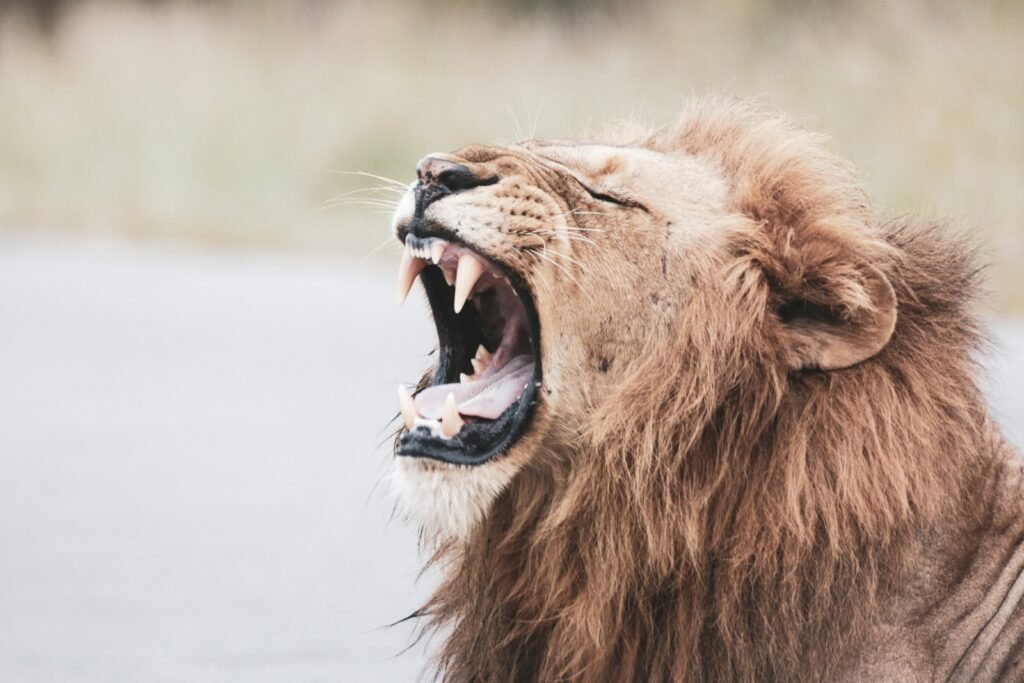
The ability to produce sound involves the vocal cords and the surrounding tissues. In big cats capable of roaring, such as lions, these cords are thicker and longer. This allows for a slower vibration rate, contributing to the deep, resonant roar. For purring cats, the shorter and finer vocal cords facilitate quicker vibrations, resulting in the familiar purring sound.
Evolutionary Implications of Vocal Abilities

The evolutionary paths of big cats have influenced their vocal capabilities. Roaring is an effective tool for long-distance communication, crucial for establishing territory or coordinating with pride members over vast savannas. On the other hand, the purring ability in cats like cheetahs may facilitate mother-offspring bonding or act as a calming mechanism.
The Function of Roars in the Wild
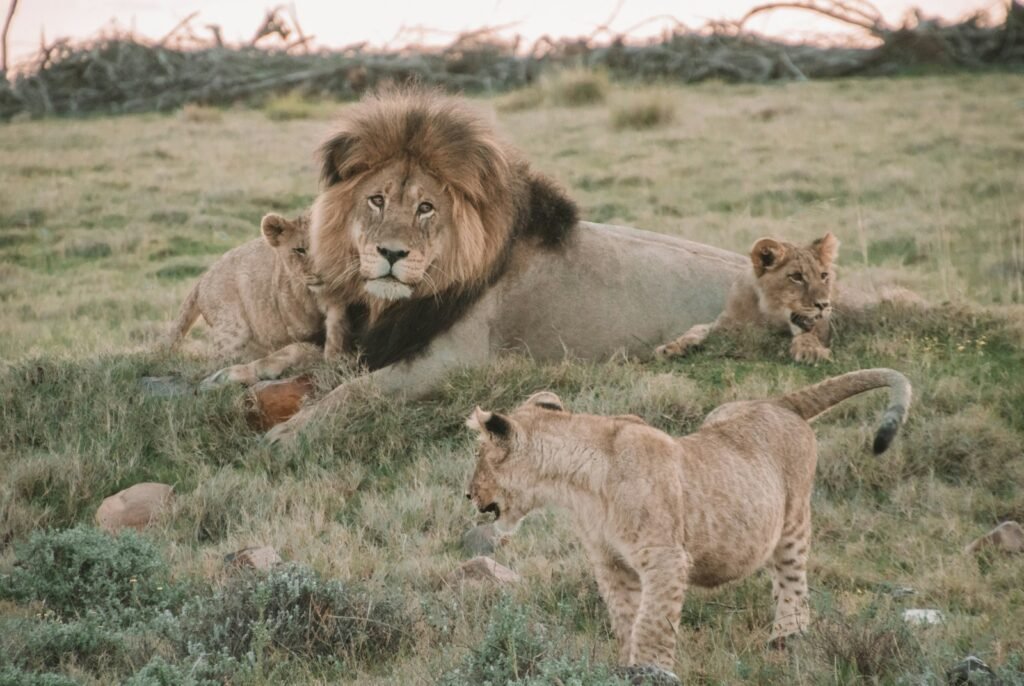
Roaring serves several functions essential for survival and social interaction. In lions, for instance, roaring helps maintain territory boundaries and plays a crucial role in communication within a pride. The roar can be heard for miles, acting as a deterrent to rival prides and providing cohesion and unity with family members.
Purring: More Than Just a Domestic Trait
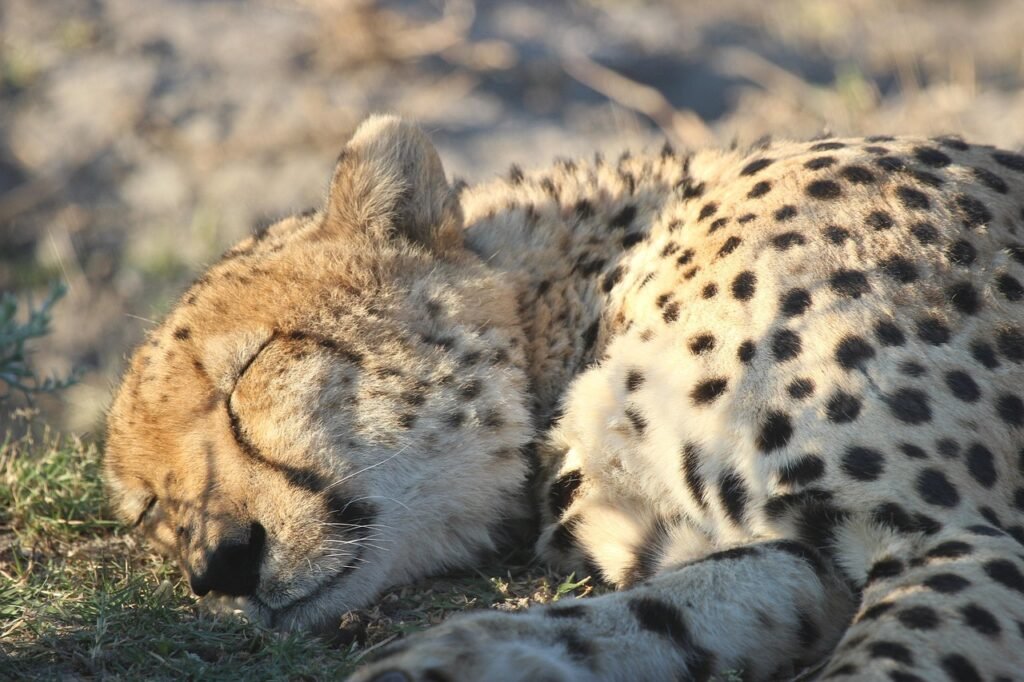
While domestic cats are champions of purring, some wild cats like cheetahs also exhibit this behavior. Purring can signal various emotional states—from contentment to distress—and can potentially aid in healing. The rhythmic nature of purring may stimulate bone regeneration and the healing of injuries.
How Human Perception Shapes Our Understanding

Our perception of big cats often emphasizes their vocal abilities, influencing how we understand these animals. Roaring is often associated with power and dominance, while purring is linked to gentleness and calmness. These perceptions, however, oversimplify the complex realities of big cat behaviors.
What Predatory Behaviors Teach Us
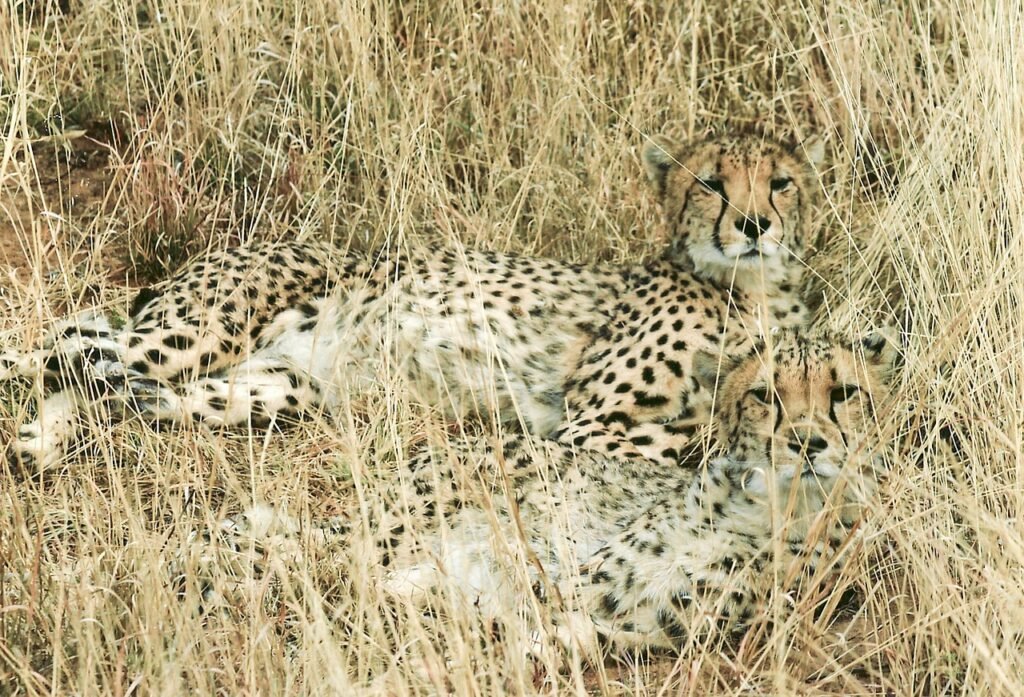
The vocal abilities of big cats are also linked to their roles as predators. Roaring can have a psychological impact on prey, potentially paralyzing them with fear, while the silent stalk of a purring cat like the cheetah allows for stealthy approaches when hunting.
Conservation Implications
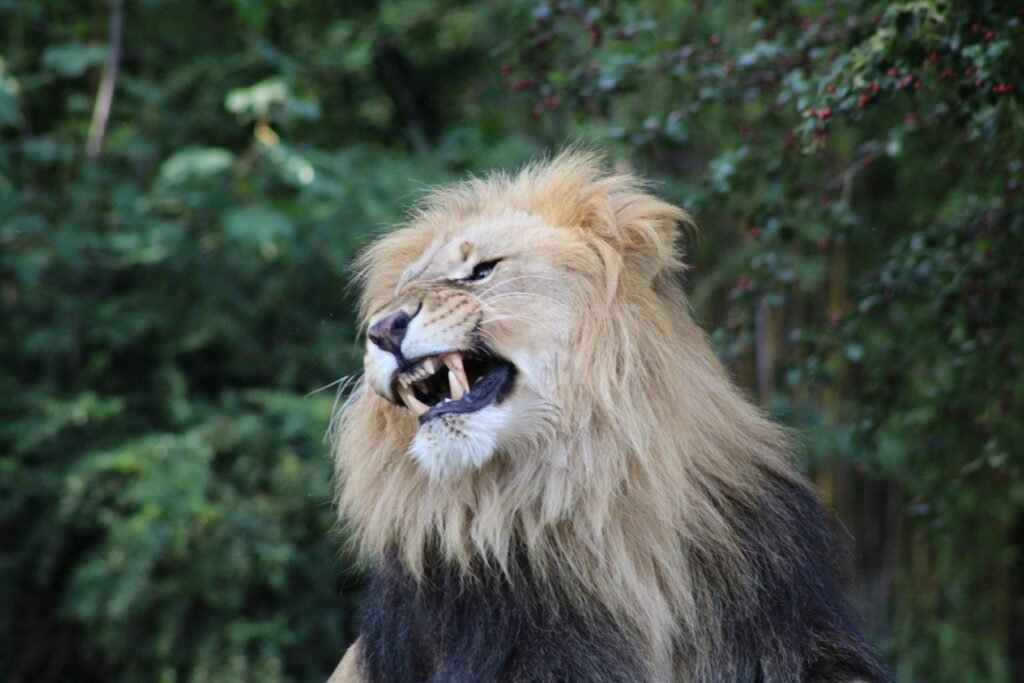
Understanding the vocal abilities of big cats is vital for their conservation. For instance, recognizing the importance of territorial roars can help in creating protected environments that support the natural behaviors of these creatures, which is crucial for their survival.
Conclusion: The Majesty of Big Cat Vocalizations
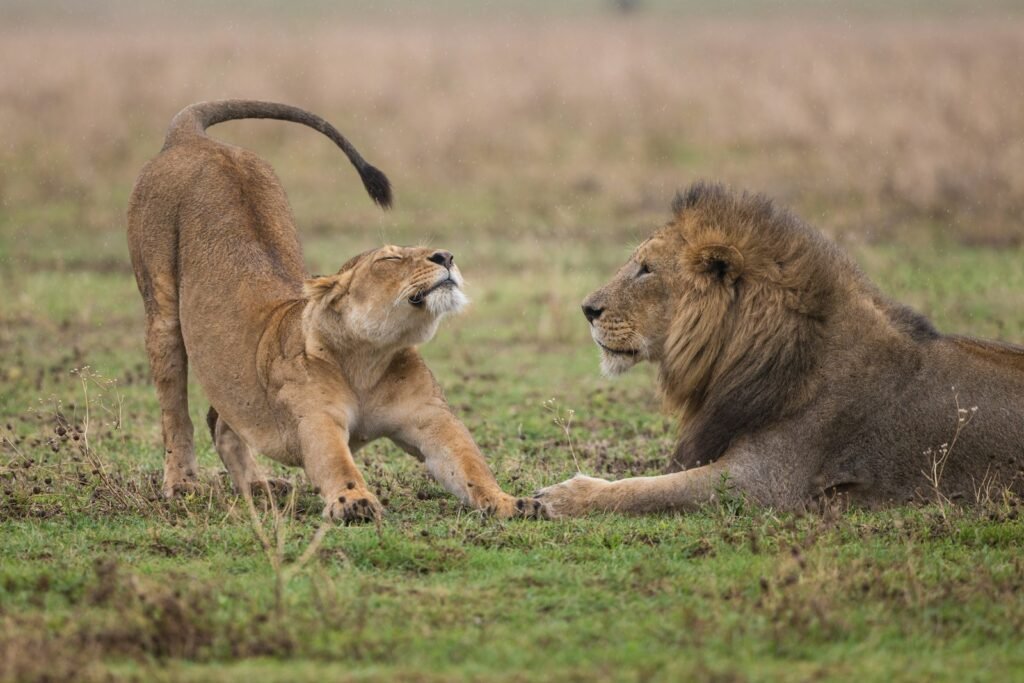
The varied vocalizations of big cats like roars and purrs are not just majestic sounds; they are key components of these animals’ survival and communication strategies. By studying these vocal abilities, we gain a deeper appreciation of the complexities and intricacies involved in the lives of these powerful yet vulnerable creatures. Understanding big cats in their natural habitats encourages conservation efforts and enhances our appreciation of their critical roles in the ecosystem.






